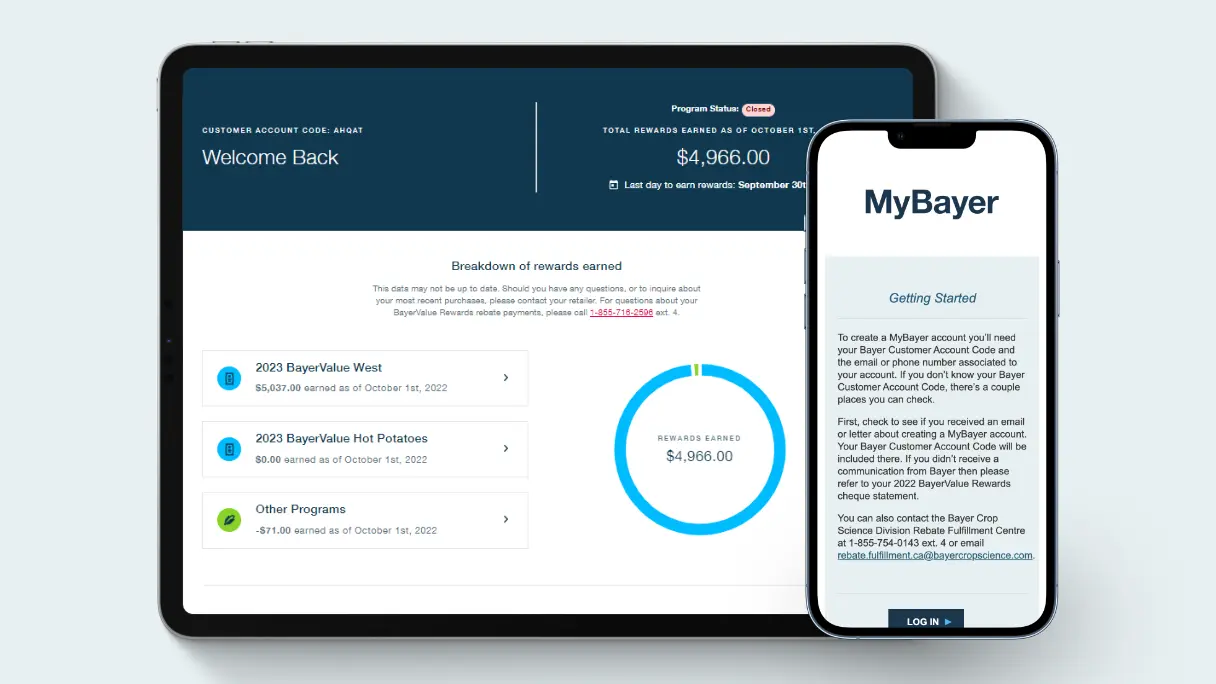Thumper
title-product-highlights
Registered for use in wheat and barley
Control of 26 broadleaf weeds including Group 2- and 9-resistant kochia
Excellent crop safety
No re-cropping restrictions
Registered for aerial application in barley and wheat
Numerous tank-mix options available
Effective resistance management – contains Group 4 (2,4-D) and Group 6 (bromoxynil) active ingredients
Dual chemistries provide both systemic and contact activity
Available in Bulk
product-details-heading
| crops | category | groups-active-ingredients | formulation-type | packaging |
|---|---|---|---|---|
Barley Wheat (Durum, Spring, Winter) | Broadleaf | 4 2,4-D | Liquid-Emulsifiable Concentrate | 8 L jug = 20 ac. 128 L drum = 320 ac. 400 L tote = 1,000 ac. |
| crops |
|---|
Barley Wheat (Durum, Spring, Winter) |
| category |
|---|
Broadleaf |
| groups-active-ingredients |
|---|
4 2,4-D |
| formulation-type |
|---|
Liquid-Emulsifiable Concentrate |
| packaging |
|---|
8 L jug = 20 ac. 128 L drum = 320 ac. 400 L tote = 1,000 ac. |
| weeds-controlled |
|---|
Ball mustard Bluebur Common buckwheat Tartary buckwheat Wild buckwheat |
| weeds-controlled |
|---|
Ball mustard Bluebur Common buckwheat Tartary buckwheat Wild buckwheat |
title-use-mixing

